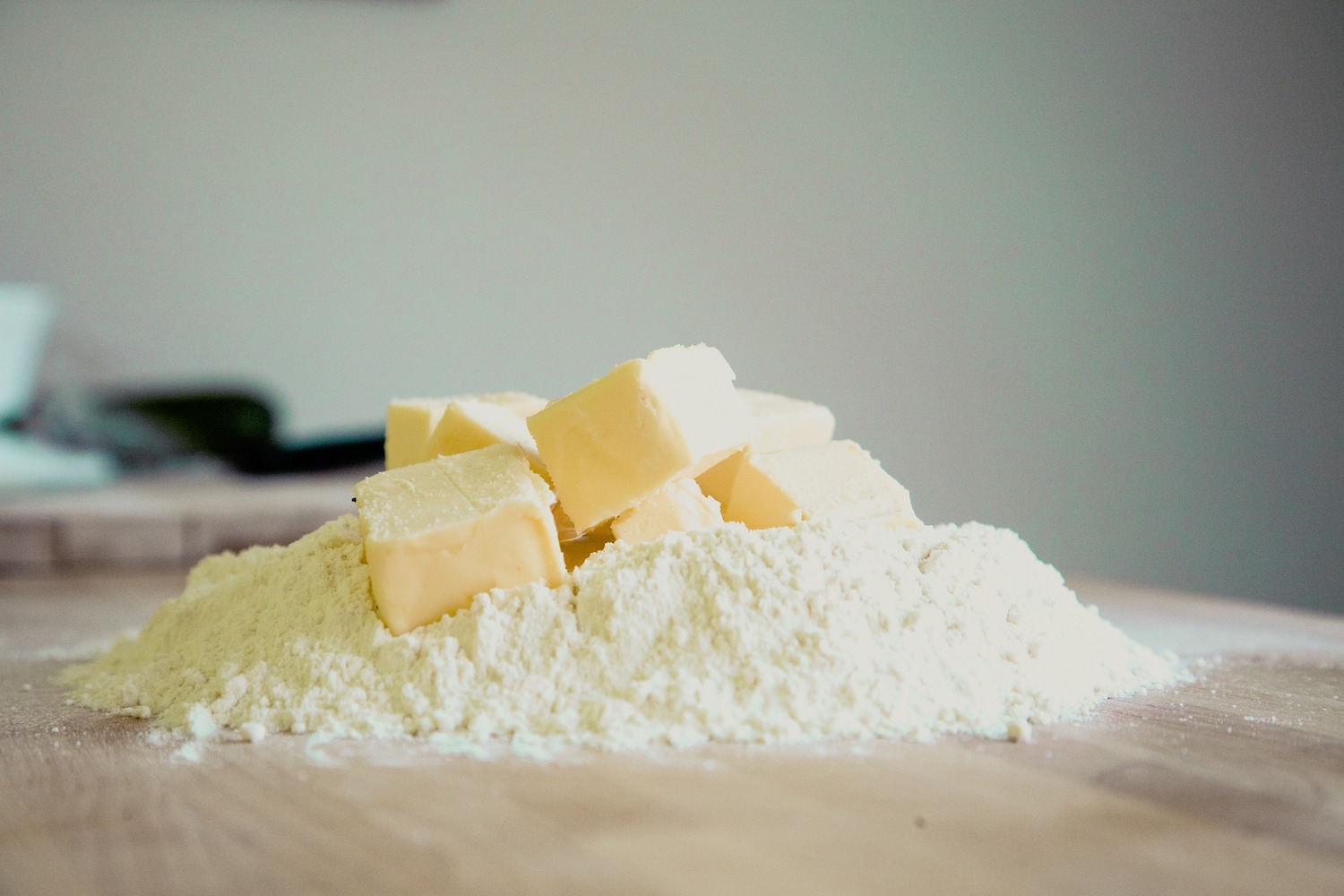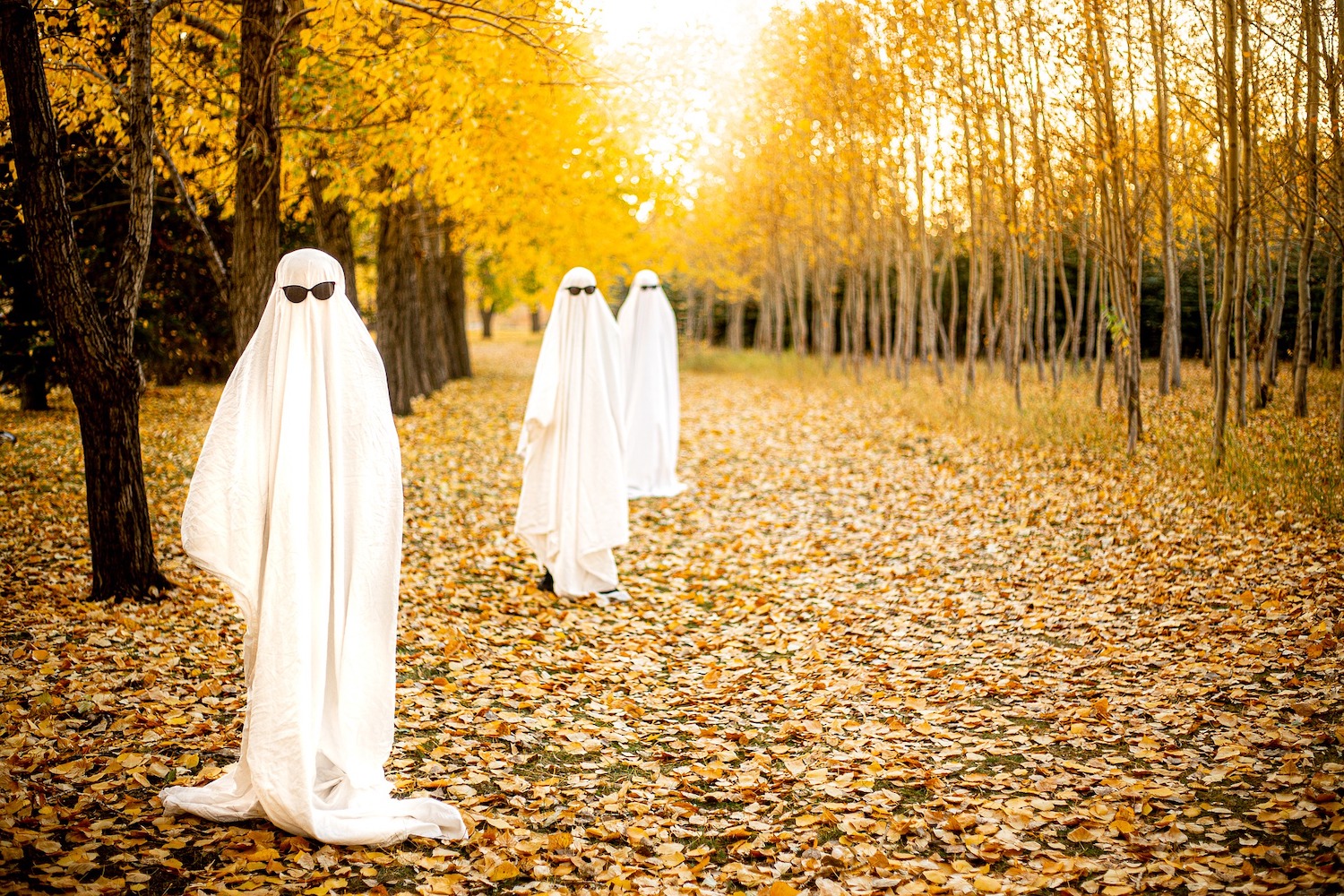Even though it’s only September, the shops are filled with Halloween costumes and sweets for trick-or-treating and I often hear people groan about the “American” trend. But hold your pumpkins for just a minute. While trick-or-treating might be perceived as an American export, its origins can be traced to Celtic Britain.
Trick-or-treat Origins
Trick-or-treating may seem like a very modern tradition. After all, it has become a commercial bonanza for shops and supermarkets. But similar ancient traditions began in Celtic Britain and Ireland in the ninth century.
The night of October 31 was originally known as Samhain, a Pagan festival that marked the beginning of the cold winter months and symbolised the boundary between the living and the dead.
The Celts believed that on the 31st of October, the veil between the living and the dead was lifted and ghosts of the dead visited their mortal ancestors. During this period, sacred bonfires were lit in each village to ward off roaming evil spirits, and sacrifices were offered to pay homage to the dead. The fire also represented the desire to keep warm and fed throughout the dark winter.
In later centuries, people began donning masks, blacking their faces and disguising themselves as malevolent creatures while performing tricks or entertaining antics in exchange for food and drink.
This custom, known as mumming, dates to the Middle Ages and is believed to be an antecedent of trick-or-treating. The spread of Christianity into Celtic lands merged with and supplanted pagan rites.

All Soul’s Day
In 1000 A.D. the church designated the 2nd November as All Souls’ Day, a time for honouring the dead. Celebrations in Britain for All Souls’ Day resembled the Celtic commemorations of Samhain, with bonfires, costumes and masks.
All Souls’ Day also gave rise to a new tradition called souling. Poor people would visit the houses of wealthier families and request food or ale, householders would oblige gifting them, food, drink or soul cakes in exchange for their prayers for the souls of their dead relatives. This practice was eventually adopted by children, who would go from door to door asking for gifts.
Meanwhile, in Scotland and Ireland, young people took part in a tradition called guising, which involved dressing up in costume and accepting offerings from neighbours. During guising there was no pledge to pray for ancestors past. Instead, performances were exchanged for gifts of money, fruit or other treats. The echoes of the ancient festival Samhain were brought to America by Irish immigrants along with the tradition of guising.
While the original concept of the thinning of the veil between the living and the dead may have been somewhat lost while crossing the Atlantic, the concept of going from house to house in masks and costumes was adopted and a new tradition called trick-or-treating was born.

Soul Cake Recipe
For a taste of history this Hallow’s Eve, you may want to try baking some soul cakes instead of devouring commercial sweets. Or, at the very least, bake these to celebrate All Soul’s Day on the 2nd of November.
INGREDIENTS
175g salted butter (6ozs)
175g golden caster sugar (6ozs)
3 large egg yolks
450g plain flour (1lb)
1 tsp nutmeg
1 tsp cinnamon
½ tsp ground mace
100g currrants (4 ozs)
Milk to bind
METHOD
| Step 1 | Pre-heat oven to 180C/375F/Gas mark 5. Cream the butter and sugar together until pale; beat in the egg yolks, one at a time until well combined |
| Step 2 | Sift the flour into another bowl with the spice and then add them to the butter, sugar and egg yolk mixture. |
| Step 3 | Stir in the currants and add enough milk to make a soft dough. |
| Step 4 | Roll the dough out and cut out the dough to the same size and depth as small scones.
Mark each cake with a cross and then place them on a greased and lined baking sheet, before placing in the preheated oven |
| Step 5 | Bake the cakes for 10 to 15 minutes, or until they turn a light golden brown. |
| Step 6 | Cool on a wire rack and enjoy with a good cup of tea. |










